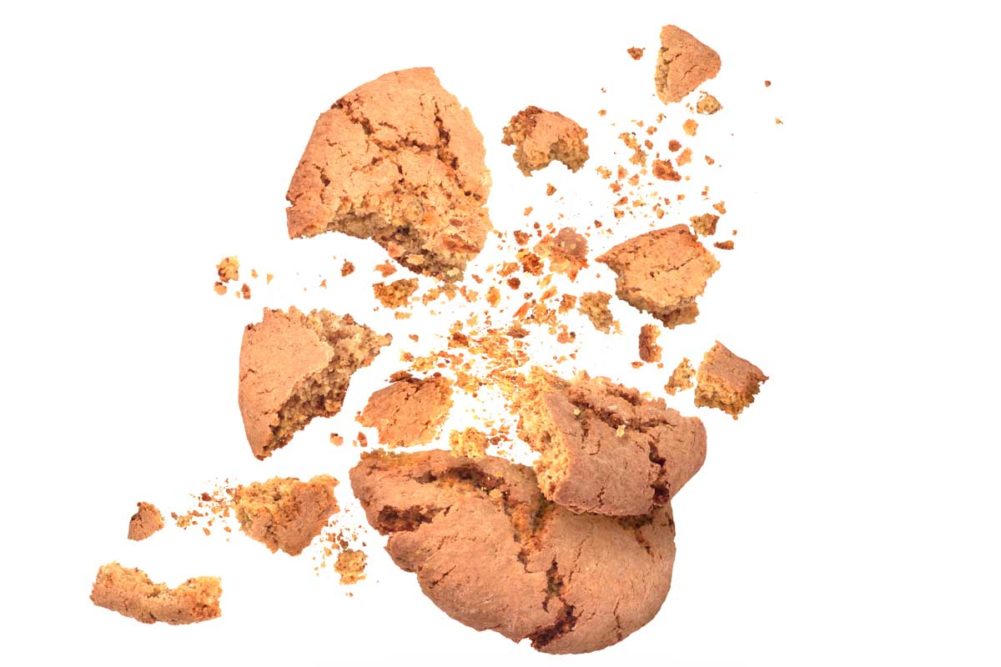During the baking of cookies and crackers, humidity controls the amount of moisture and how fast it’s released, which ultimately affects the quality of the final product.
“The control of the first phase of baking is most critical in many products as this has a major influence on the shape, development, flavor and texture of the final product,” noted Kevin Knott, technical sales manager, Bühler Group. “Control of humidity in the latter phases mainly determines the final moisture of the product. However, if the product is skinned or case-hardened by overheating or drying of the surface in the first phase, then the moisture is trapped inside and cannot be removed, causing quality issues.”
Ken Zvoncheck, director of process technology, Reading Bakery Systems, explained that cookies are baked a relatively long time and at low temperature compared to other baked snacks.
“A reason for this is many cookies tend to ‘brown’ easily with higher temperatures so they must be baked longer with lower temperatures in order to achieve the final desired result,” he said.
[Related reading: Taking mistakes out of the baking process]
Meanwhile, crackers are generally baked at high temperatures for a relatively short time, using a bell-curve temperature profile through the oven.
“This results in the cracker achieving a thin crust in the beginning of the bake, most of the moisture reduction in the middle of the baking cycle and color attainment at the end,” he said.
Moisture in the oven is adjusted by the damper position in the extraction duct. Somesh Veerappa, thermal engineering manager for Spooner Vicars, a Middleby Bakery company, noted a moisture buildup within the zone produces a layer of steam above the products, which prevents the surface of the dough pieces from drying out — a term known as “skinning.” That’s why high humidity is preferred at early stages of the baking process.
Lack of humidity causes drying out of the surface of the product and inhibits the development of the dough piece by trapping moisture inside.
“The resultant barrier prevents the moisture from escaping through the product surface during the drying phase of the baking process, which impacts the product lift and ultimately affects the stack height of the product,” he said.
Moisture entrapment results in fragile cookies that could break during packaging and shipping.
This article is an excerpt from the June 2020 issue of Baking & Snack.To read the entire feature on ovens, click here.




